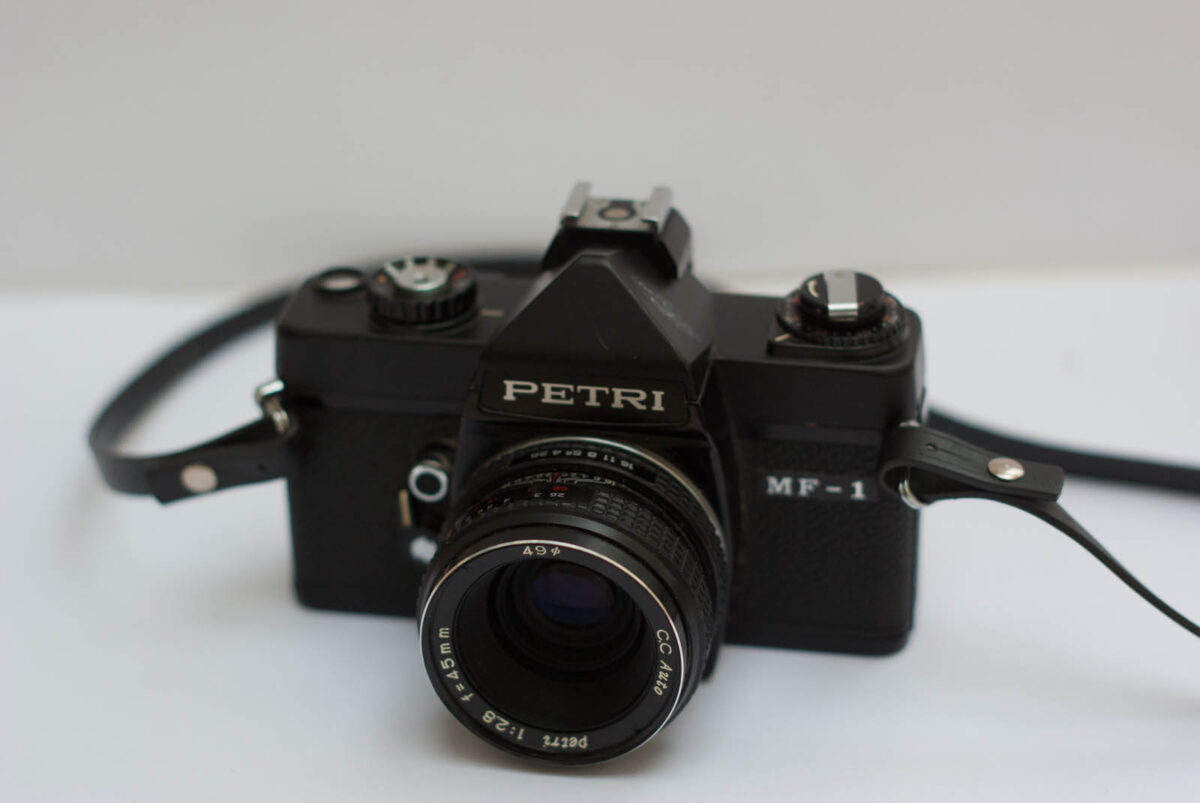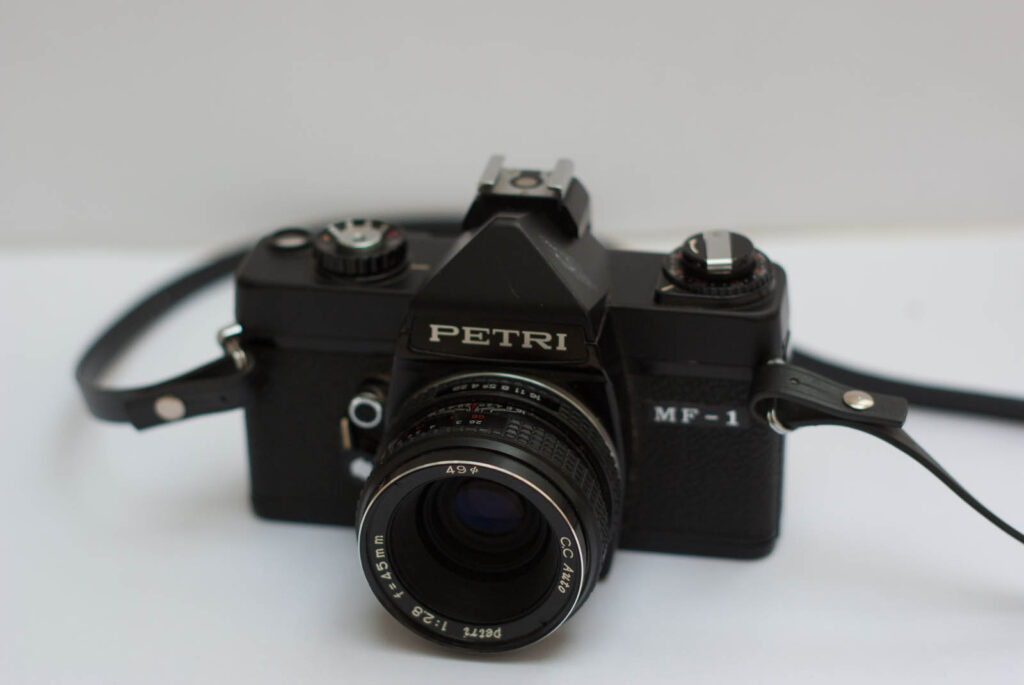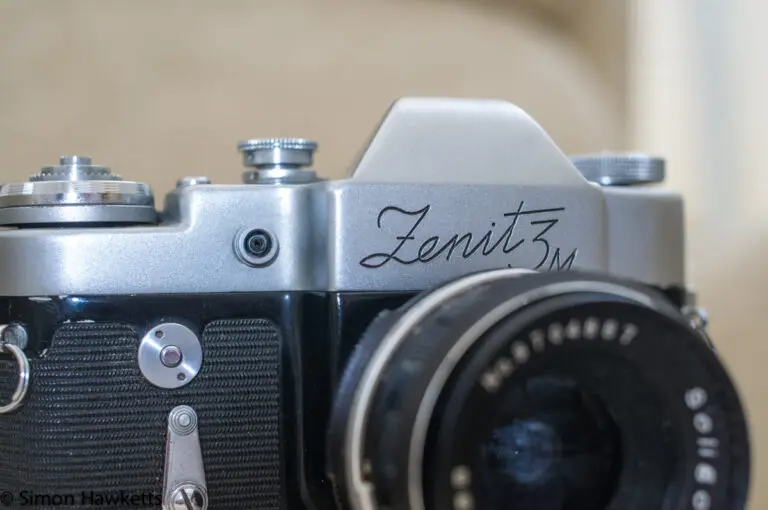Petri MF-1 35 mm SLR from 1975
Being an avid photographer, I have owned a number of cameras over the last 40 or so years, many of which I no longer own. It’s a matter of regret now that I didn’t keep some of these cameras, although realistically I probably wouldn’t actually shoot any film on them even if I still owned them. Still, one of the first cameras I ever bought is the subject of this post – the Petri MF-1.
My Petri MF-1 camera
The first SLR I owned was a Zenit B which was passed to me by my Father when I was about 14. It was a clunky, Russian made camera, quite heavy and slow, but it was a step up from the 35 mm Boots Beirette which I had before that. The Zenit lasted me for a few years until I eventually got the first camera, which I actually bought with my own money.
This was the Petri MF-1 which I used for a while until I started work and I could afford to by something better. At that time I gave the Petri to my Sister and thought no more about it until a couple of years ago when I discovered that she had given it to my Father, who had kept it and reunited me with it !
Petri MF-1 Description
The Petri MF-1 is a 35 mm film camera manufactured sometime in the 1970s. My example has a 45 mm F2.8 lens which attaches to the Body with the standard 42 mm screw thread. The minimum aperture on the lens is F16.
The shutter speed range is from 1sec to 1/1000 sec, along with a B setting for longer exposures. There was no such thing as DX coded film when the camera was made, so the film speed (ISO value in modern parlance) had to be entered on a dial at the top of the camera. The same dial also had the film re-wind handle, which was used to wind the film back into the 35 mm canister at the end of the film.
Interestingly, the film speed dial goes from ASA 32 up to ASA 1600. The ASA rating has long since disappeared, replaced by ISO, but the speeds seem quite advanced; I don’t remember ever using film rated above ASA 400 which at the time was considered superfast. It compares pretty poorly with my Pentax K-5 which goes up to 52,000 and probably takes better pictures at that speed than the Petri could manage at ASA32 !
The exposure system, as I remember, worked on a match needle system. You set one parameter of the exposure and then adjust the other parameter until a needle in the viewfinder entered a small circle. The lens actually stopped down as you perform this operation, so you automatically also go a depth of field preview as you set the exposure. Because it is essentially a manual exposure system, there is no facility to set exposure compensation – you simply set the needle above or below the match circle.
The viewfinder has a centre Fresnel screen section to assist with manual focusing. As the image moves into focus, the centre section of the screen becomes brighter and clearer. In my opinion, this is one thing that would be good if it still existed on modern cameras. I know the modern trend is for very fast autofocus, but I find that for subjects like macro shots I still find manual focus to be better and faster than my autofocus lenses and the Fresnel screen worked very well.
Another thing I remember on one camera I owned was a built-in split image rangefinder system, where the image would be cut across the middle and join together as focus was achieved. I’ve tried to find a focusing screen like that for my K-5, but they are prohibitively expensive.
At the time I originally owned and used the MF-1 I remember thinking how sophisticated the camera was and wondered if I would ever learn all the different modes etc. When I look at the camera now, it seems very basic and simple; I suppose that’s progress
I have a few more shots of this camera on picassa and some other vintage cameras I own in a set on Flickr.
Update: I recently found some pictures I took with this camera in London Zoo sometime in 1980 and a second set here.
Petri MF-1 Camera Manual
I’ve recently scanned the manual for this camera and added it to the Camera Manuals section of the site, so I’ve included it here as well.
Discover more from Everything Vintage
Subscribe to get the latest posts sent to your email.





